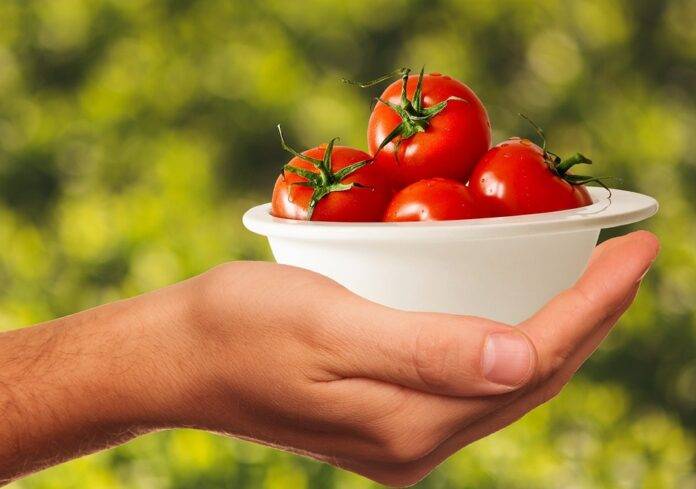The Impact of Currency Fluctuations on Tomato Trade & Pricing
When it comes to international trade, currency fluctuations play a significant role in determining the prices of goods and commodities. In the case of tomatoes, which are one of the most widely traded vegetables globally, currency fluctuations can have a direct impact on both trade volumes and pricing. In this report, we will explore how currency fluctuations affect the tomato trade and pricing, with a focus on key factors such as production costs, import/export dynamics, and market competitiveness.
1. Currency Fluctuations and Production Costs
One of the primary ways in which currency fluctuations impact tomato trade is through production costs. Many countries rely on imports for tomatoes due to factors such as climate conditions or demand exceeding local production capacity. When the local currency depreciates against the currency of the exporting country, the cost of importing tomatoes increases. This is because importers need to pay more in their local currency to purchase the same quantity of tomatoes from abroad.
For example, let’s consider a scenario where the US dollar strengthens against the Euro. If a European country imports tomatoes from the United States, they would need to pay more Euros to purchase the same quantity of tomatoes due to the exchange rate. As a result, importers may either pass on these increased costs to consumers through higher prices or seek alternative suppliers with more favorable exchange rates.
2. Import/Export Dynamics
Currency fluctuations also impact the dynamics of tomato import and export markets. When a country’s currency depreciates, its exports become more competitive in international markets as foreign buyers can purchase more goods for the same amount of their own currency. On the other hand, a strengthening currency can make exports more expensive for foreign buyers, potentially leading to a decline in export volumes.
For instance, if the Japanese Yen weakens against the US dollar, Japanese importers may increase their purchases of tomatoes from the United States as they can get more value for their money. This can boost US tomato exports and drive up prices in the domestic market due to increased demand from abroad.
3. Market Competitiveness
Currency fluctuations also affect the overall competitiveness of tomato producers in both domestic and international markets. A depreciating currency can make domestically produced tomatoes more competitive compared to imported ones, as local producers may benefit from lower production costs relative to foreign competitors. Conversely, a strengthening currency can erode the competitiveness of domestic producers by making imported tomatoes cheaper for consumers.
For example, if the Mexican Peso weakens against the US dollar, Mexican tomato producers may gain a competitive advantage in the US market as their products become more affordable for American consumers. This can put pressure on US tomato growers to lower their prices or improve product quality to remain competitive in the face of increased imports.
Conclusion
In conclusion, currency fluctuations have a profound impact on tomato trade and pricing by influencing production costs, import/export dynamics, and market competitiveness. Importers and exporters need to closely monitor exchange rate movements and adjust their strategies accordingly to mitigate risks and capitalize on opportunities presented by currency fluctuations. By understanding how currencies affect tomato trade, stakeholders can make informed decisions that optimize their trading activities and enhance profitability in an increasingly globalized marketplace.




